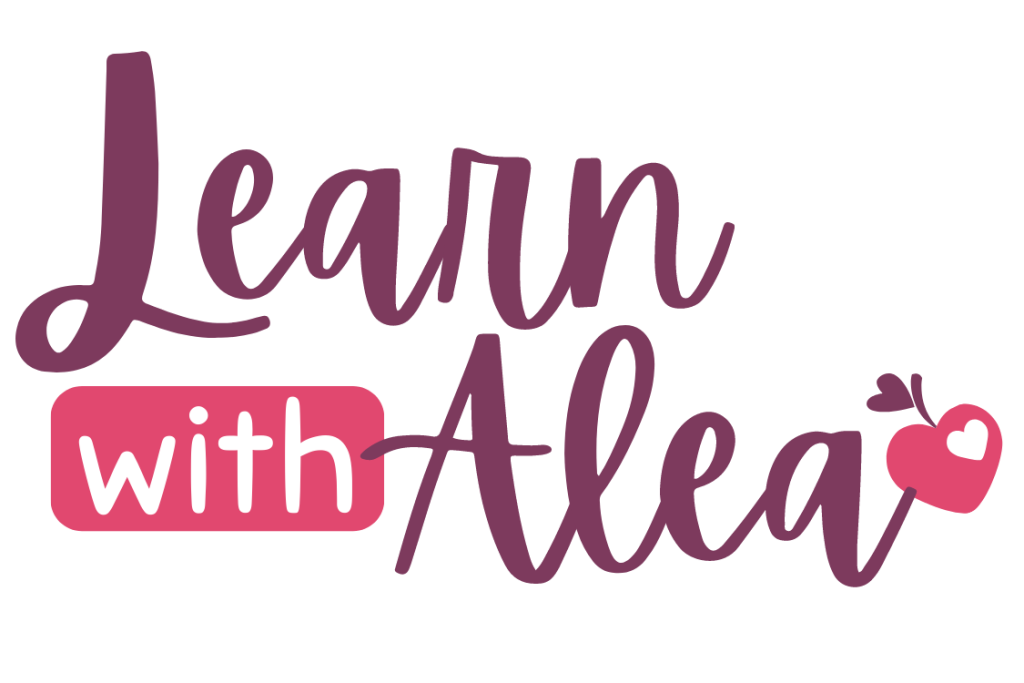Total Body Response (TBR) is a teaching strategy that involves engaging students’ whole bodies in learning activities. This approach is based on the idea that students learn best when actively involved in the learning process. Using TBR, teachers can increase student engagement and motivation and promote a deeper understanding of the content. In this blog post, we will explore the benefits of TBR and how to incorporate it into the classroom.
Benefits of Total Body Response
- Increases Student Engagement: When students are actively engaged in the learning process, they are more likely to stay focused and pay attention. TBR encourages students to participate in the lesson by using their whole bodies rather than just listening or taking notes.
- Improves Comprehension: Research has shown that when students use their bodies to respond to questions, they are more likely to remember the information. TBR helps create a stronger connection between the information and the student’s physical movements, making the information easier to recall.
- Enhances Student Motivation: TBR provides students with various ways to participate in the lesson, making the content more exciting and engaging. This can help to increase student motivation and engagement, leading to better learning outcomes.
- Supports a Collaborative Learning Environment: TBR often involves group activities, where students work together to complete tasks. This can promote a collaborative learning environment where students can support each other, build teamwork skills, and develop stronger social relationships.
- Promotes Active Learning: TBR is a form of active learning where students are actively involved in the learning process rather than passively receiving information. This type of learning is more effective, as students can connect the information to their own experiences and make it relevant to their own lives.
How to Incorporate Total Body Response into the Classroom
- Use Gestures: Encourage students to use gestures to respond to questions. For example, you could ask students to stand up if they agree with a statement or to raise their hand if they have a question.
- Encourage Movement: Encourage students to move around the classroom during lessons. This can be as simple as having them stand up and stretch or as involved as having them participate in physical activity.
- Use Group Activities: Incorporate group activities into lessons, where students work together to complete a task. For example, you could have students work in pairs to solve a problem or have them work in teams to complete a project.
- Use Role-Playing: Encourage students to use their bodies to act out scenarios, such as a historical event or a scientific process. This can help students to understand the content better and provide a fun and interactive way to participate in the lesson.
- Use Music: Incorporate music into lessons, where students can move and dance to the rhythm. This can help to increase student engagement and motivation and create a fun and energetic learning environment.
- Use Technology: Utilize technology, such as interactive whiteboards, to create a more engaging and interactive learning experience. For example, you could use a whiteboard to display a quiz, where students can respond by touching the board.
Conclusion
Total Body Response is a teaching strategy that encourages students to participate actively in the learning process. By incorporating TBR into the classroom, teachers can increase student engagement, motivation, and understanding of the content. Whether through gestures, movement, group activities, role-playing, music, or technology, there are many ways to incorporate TBR into your lessons and create a more dynamic and engaging learning environment.






